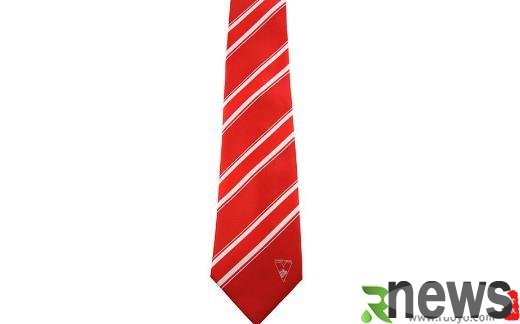
Inventory of common sense about choosing ties
1. Variety: The varieties of ties can be divided into colored ties, printed ties, jacquard ties and woven ties. In addition, hand-painted ties and embroidered ties are considered treasures.
2. Tie pattern: There are many types, but the common ones can be summarized into five categories:
oblique strips: The characteristics of the pattern are slanted strips that are irreversible to the left and right, with spacing of 0 or 5-1 inches. They are traditional tie patterns, serious and dignified, and are often used in regular occasions.
Paisley category: Paisley is a city in Scotland known for its fabrics. Its product patterns have local characteristics, and its flower shapes are mostly swirling, making it particularly lively and festive.
Space pattern: It has diffuse flower shapes, with equidistant blanks around the flower shapes, which are most suitable for outings or visiting friends.
Plastic material implementation category: Its characteristic is that the material has no fancy and only shows the true color of the fabric. If it is matched with a monochrome suit of blue and green, it makes people feel solemn and majestic, and is suitable for accessories for suit uniforms.
Plate pattern type: This tie is very similar to a folded square turban. Although it has wide applicability, the only disadvantage is that it is too rigid.
3. Tie style: mainly changes in width, commonly used width is 8-9 cm, the width can reach 12 cm, and the narrowest one is only 5-7 cm. In my country, the width of men's ties is 8-8 and 5 cm, and the ties for women is 7-8 cm. This change often changes with the change of the width of suit collar and shirt collar. The suit and shirt collar become wider, and the width of the tie also becomes wider. When choosing a tie, pay attention to matching the colors of the suit and shirt, so that the tie, suit and shirt form a suit with a strong three-dimensional look. Some clothing critics have cited four basic color matching methods, which are listed in the order of tie and shirt suits:
1, thick, medium, light, light blue suits, ultramarine shirts, and proyu blue tie, which are quiet and elegant, showing a person's calm and steady temperament.
2. Light, thick, and light, centered on a dark shirt, echoing the light-colored tie and light-colored suit. It is called "sandwich" abroad. Although the language is humorous, it vividly illustrates the color matching characteristics of "two light clips and one dark" in detail.
3. Light, medium and thick. In contrast to the above, the dark suit is centered on, and the lighter belt is both layered and rhythmic from gradually light. For example, the brown tie shows a person's calm and steady temperament. The brown tie, a brown solid shirt, and a chestnut suit are integrated and thick and simple.
4. Thick, light, and thick, such as a blue (purple-toned blue) suit, paired with a dark blue tie, contrasts with a gray-toned shirt, which is flashy but not floating and elegant in character, and is a common color for middle-aged people.
How to identify the quality of the tie:
1. Use your hands to straighten straight and see if the tie is straight. Pay special attention not to distort within 33 cm of the head.
2. When picking up the tie in your hand, you can start from the big end and check whether there are any defects such as weaving, dyeing, printing, etc., especially within 33 cm of the big end, it must be neat, intact and flawless. Because after the tie is tied, this is the most important part of the chest.
3. Use your hands to hold it in the middle of the tie, and then let it go. The tie should be restored and straight immediately. This kind of tie lining has better quality and greater elasticity, and can be well conformal during use and is not easy to deform.